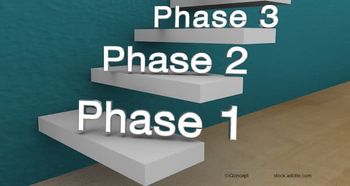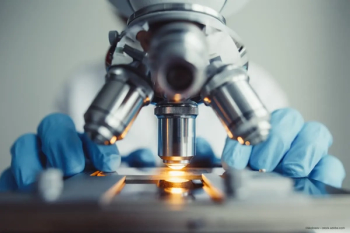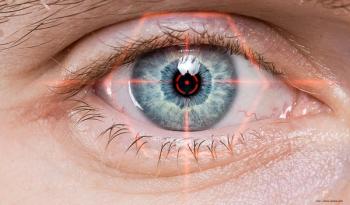
POAG & PACG optic disc topography similar
When the amount of optic nerve damage is taken into account, there is little difference in the optic disc topography of patients with primary open-angle glaucoma (POAG) and those with primary angle-closure glaucoma.
When the amount of optic nerve damage is taken into account, there is little difference in the optic disc topography of patients with primary open-angle glaucoma (POAG) and those with primary angle-closure glaucoma (PACG), according to a study published in the February issue of Ophthalmology.
Michael Boland and colleagues from the Wilmer Eye Institute, John Hopkins University, Maryland, USA carried out an observational case study to compare the optic disc and visual field (VF) alterations in POAG and PACG. A total of 110 POAG patients and 36 PACG patients were enrolled.
Each subject underwent visual acuity (VA) measurements, applanation tonometry, gonioscopy, slit-lamp examination, dilated optic disc and retinal examination, axial length measurement, central corneal pachymetry, automated perimetry, optical coherence tomography (OCT) nerve fibre layer (NFL) examination and Heidelberg Retina Tomograph (HRT) optic disc evaluation.
The results demonstrated that the VF average mean deviation (MD) did not significantly differ between POAG and PACG but the PACG group had lower pattern standard deviation (PSD) for a given MD (p=0.001). Although three HRT parameters differed somewhat between the two groups (cup area, rim area and cup-to-disc area ratio), they did not significantly differ after correction for multiple comparisons. MD and disc area were much more significant predictors of the HRT measures than was diagnosis. When controlling for MD, current intraocular pressure was not significantly associated with disc parameters in POAG.
It was concluded that, when the amount of optic nerve damage is taken into account, there is little difference in the optic disc topography of patients with POAG and those with PACG.
Newsletter
Get the essential updates shaping the future of pharma manufacturing and compliance—subscribe today to Pharmaceutical Technology and never miss a breakthrough.











































